Overview of mount toubkal weekend trek
Mount Toubkal, towering at 4,167 meters, is the highest peak in North Africa and a jewel in Morocco’s High Atlas Mountains. This majestic mountain not only beckons adventure enthusiasts but also offers stunning vistas, making it an ideal spot for those looking for an exhilarating escape. Imagine standing atop its summit, breathing in the crisp, mountain air and soaking in panoramic views that stretch for miles—talk about a perfect selfie backdrop!
Table of Contents
Popular Weekend Trek Destinations
For those seeking a weekend adventure, Mount Toubkal is a prime choice. But there are plenty of other breathtaking trek destinations worth considering:
- Toubkal National Park : Stunning landscapes and diverse flora and fauna.
- Imlil Valley : A picturesque starting point for many trekkers, filled with charming Berber villages.
- Aroumd Village : A tranquil stopover known for its vibrant local culture and hospitality.
These destinations cater to both seasoned trekkers and casual climbers, ensuring everyone can experience the beauty of the High Atlas.
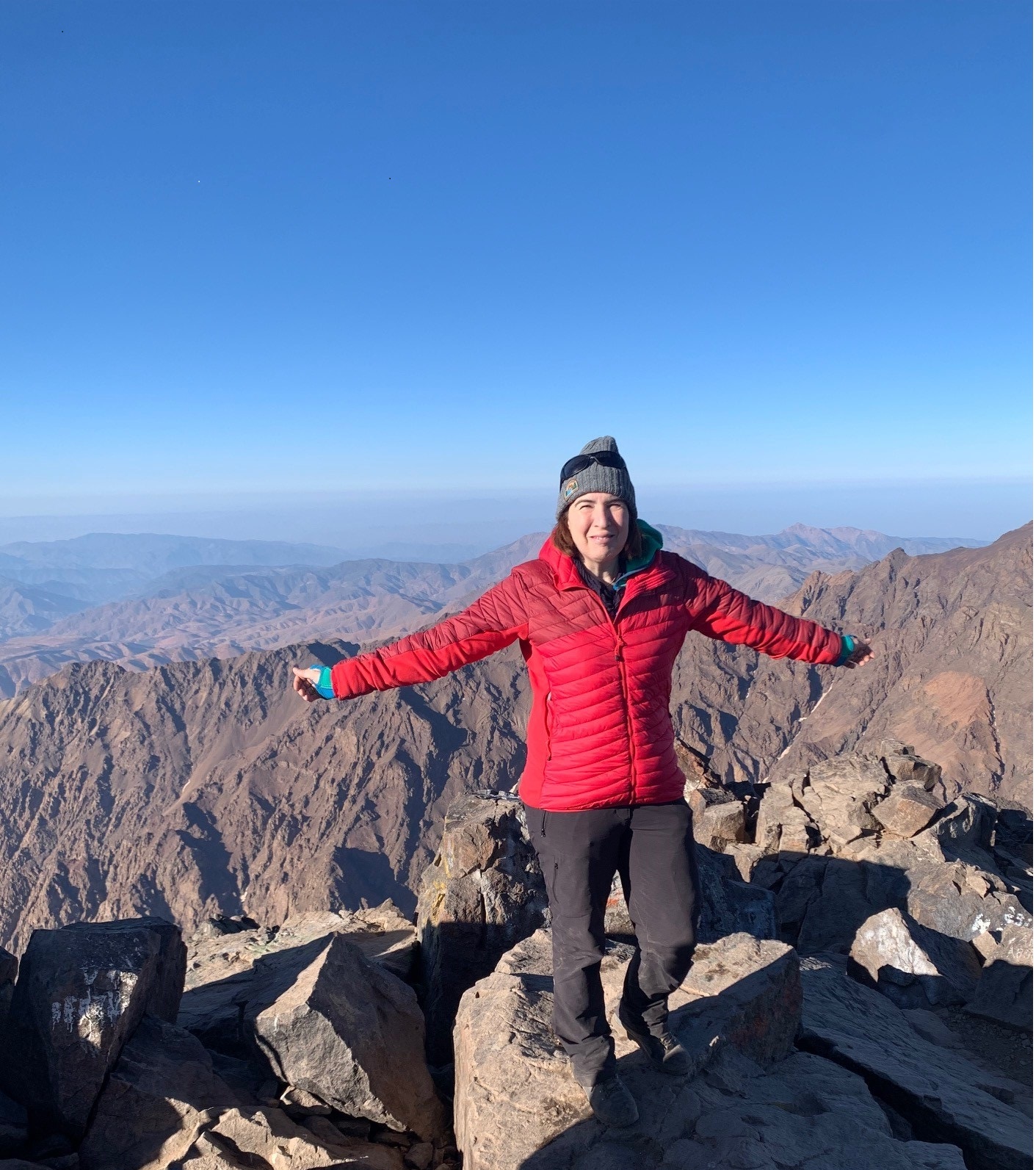
Planning Your Trip
Best Time to Visit
When considering a trek up Mount Toubkal, timing is everything! The best months to visit are May through October, when the weather is most favorable. Here’s a quick breakdown:
- May-June : Perfect for wildflowers and clear skies.
- July-August : Warm weather, but get ready for more crowds!
- September-October : A fantastic time for views with fewer trekkers.
I remember trekking in September, and the autumn colors made the landscapes even more enchanting!
Required Permits and Fees
Before you embark on your Toubkal adventure, it’s essential to know about the permits and fees:
- Entrance Fee : Approximately 70 Moroccan Dirhams (around $7) for Toubkal National Park.
- Guided Tours : If you opt for a guided trek, packages may vary from $150 to $300, including meals and accommodation.
Ensure you secure your permits ahead of time to avoid any last-minute hiccups. With a bit of planning, your trek will be all about enjoying the awe-inspiring terrain!
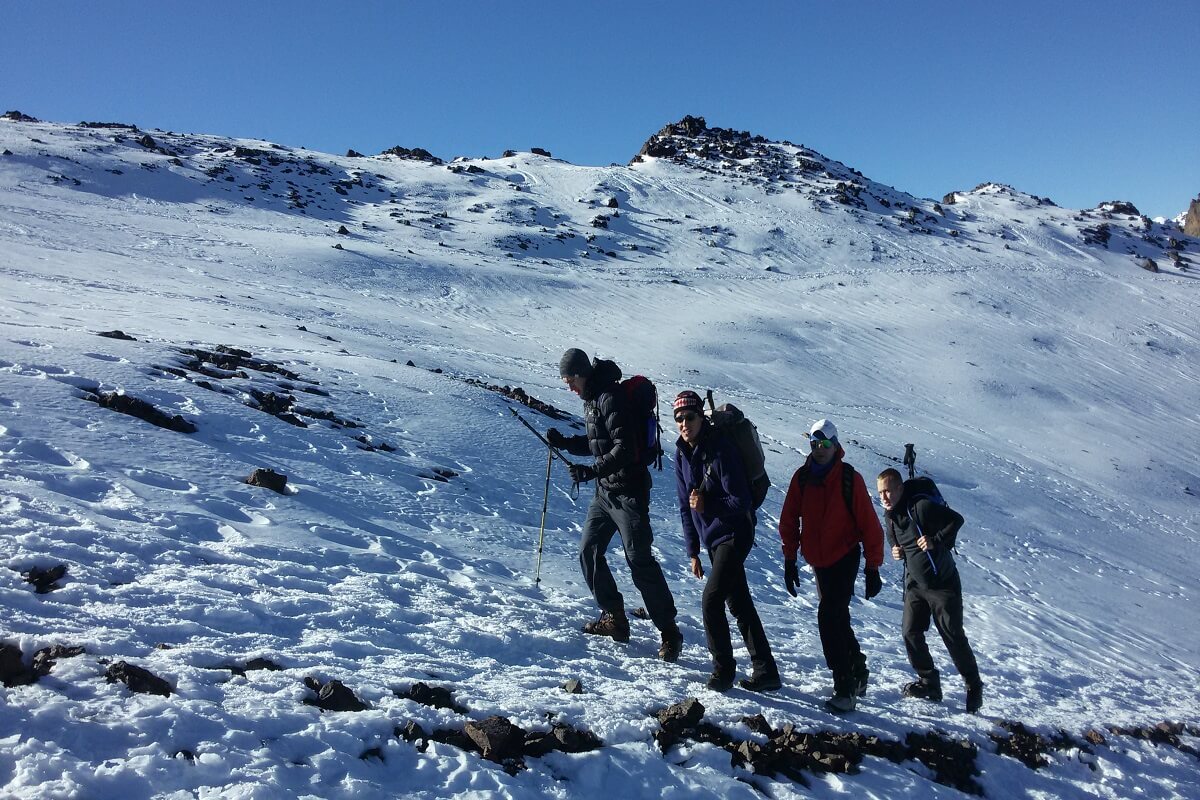
Getting to Mount Toubkal
Transportation Options
Now that you’ve got your plans in place, let’s talk logistics! Getting to Mount Toubkal is easier than you might think. Most trekkers start their journey from Marrakech, which is about a 1.5 to 2-hour drive away. Here are some transportation options to consider:
- Shared Taxis : A budget-friendly option that’s popular among locals and travelers.
- Private Transfers : Perfect for those who want a hassle-free ride—just arrange it with your accommodation.
- Buses : For the adventurers, take a bus to Imlil, the jumping-off point for Toubkal treks.
Each option has its benefits, depending on your budget and travel style.
Accommodation Choices
As you get closer to Toubkal, where you stay can enhance your experience. You’ll find a variety of accommodation options:
- Guesthouses in Imlil : Cozy spots that often serve homemade Moroccan meals.
- Mountain Huts : For an authentic experience, stay in adorned huts near the trail.
- Luxury Lodges : If you prefer comfort, opt for a lodge with mountain views and premium amenities.
On my last trip, I stayed in a charming guesthouse in Imlil, where the hosts shared stories about local culture that made my trek even more memorable. Choose the option that suits your adventure style, and savor the journey ahead!

Trekking Routes
Various Trekking Routes
As you lace up your boots, it’s essential to know that Mount Toubkal offers several trekking routes, each with its unique charm. The two most popular paths include:
- Toubkal Summit Route : This classic trek typically takes two days, starting from Imlil and offering breathtaking views along the way.
- Toubkal Circuit : For a more immersive experience, the circuit provides stunning scenery and allows you to explore neighboring valleys.
During my trek on the summit route, I was mesmerized by the panoramic views and the camaraderie of fellow trekkers sharing stories around the campfire.
Difficulty Levels
Understanding the difficulty levels is crucial for a successful trek. Here’s a quick guide:
- Beginner : Ideal for those with minimal hiking experience; trail markers and guidance are readily available.
- Intermediate : Requires a moderate fitness level; some scrambling may be involved, especially closer to the summit.
- Advanced : Recommended for seasoned trekkers preparing for steep ascents and altitude challenges.
No matter your experience level, Mount Toubkal has something to offer. I found the climb both thrilling and rewarding as I adjusted to the altitude. Choose the right route, and you’re sure to create unforgettable memories!

Packing Essentials
Clothing and Footwear
Packing wisely is key to enjoying your Mount Toubkal adventure, and the right clothing and footwear can make all the difference. Start by layering your clothes, as mountain weather can be unpredictable. Here’s what I recommend:
- Base Layer : Moisture-wicking shirts and thermal leggings.
- Mid Layer : Fleece or down jacket for added warmth.
- Outer Layer : Waterproof and windproof jacket to protect against sudden weather changes.
- Footwear : Sturdy, waterproof hiking boots with good ankle support, plus thick woolen socks.
On my last trip, a comfy pair of hiking boots saved me from blisters and fatigue!
Gear and Supplies
Aside from clothing, you’ll need some essential gear and supplies to enhance your trekking experience:
- Backpack : A daypack of 20-30 liters should suffice for a two-day trek.
- Hydration : Water bottles or a hydration bladder to stay hydrated.
- Navigation Tools : A map and compass or a GPS device.
- First-Aid Kit : Basic supplies for minor injuries.
- Snacks : Energy bars or trail mix to keep your energy levels up.
I always pack a few extra snacks; you never know when you’ll need that much-needed boost! With the right gear, you’ll be ready to tackle Mount Toubkal with confidence.
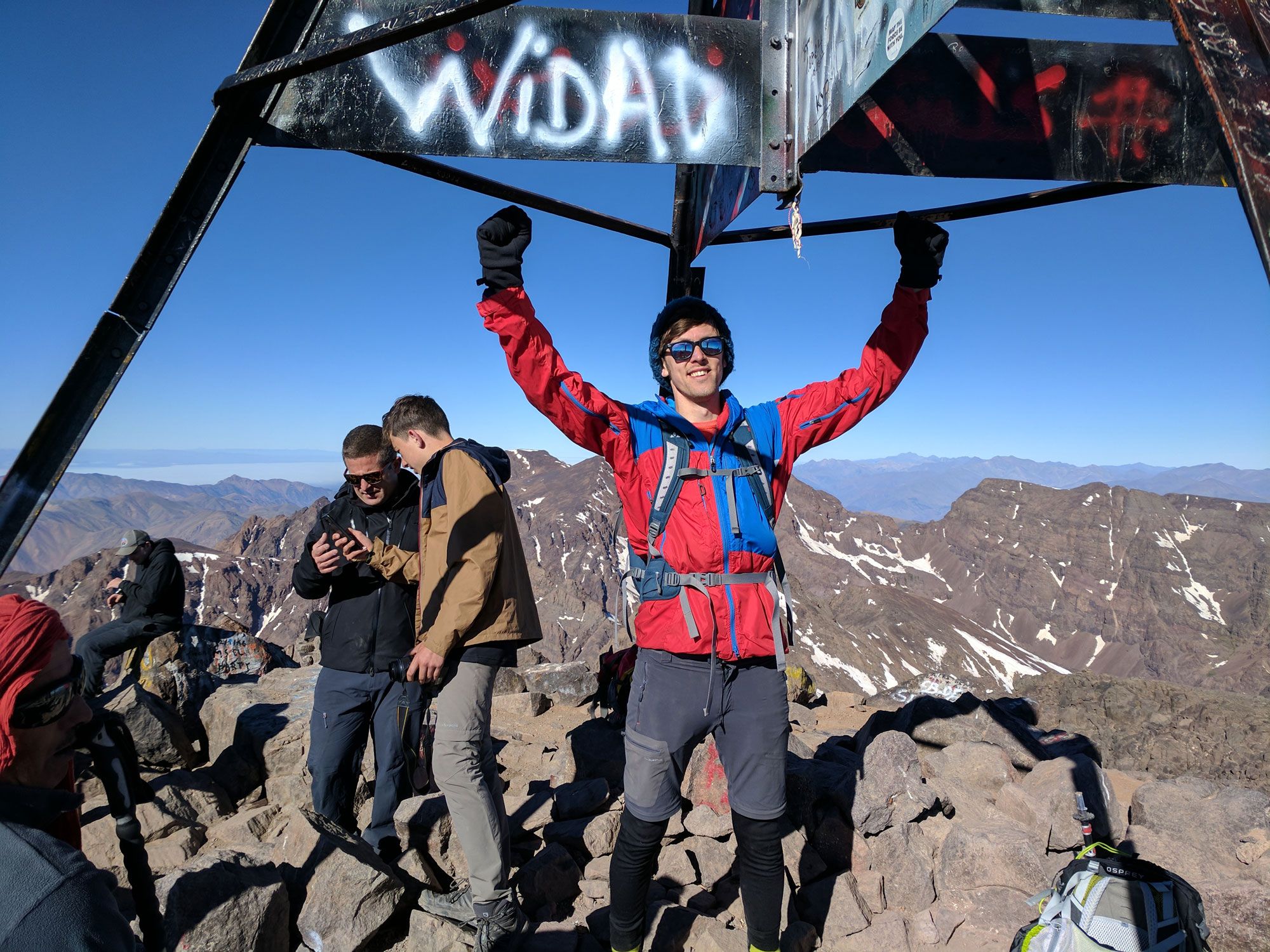
Safety Tips
Acclimatization Recommendations
As you prepare for your Mount Toubkal adventure, don’t overlook acclimatization! High altitudes can be tricky, so taking some time to adjust is crucial. Here are a few tips I learned on my trek:
- Start Slow : Spend an extra day in Imlil or at a lower altitude before ascending.
- Stay Hydrated : Drink plenty of water to help your body adapt.
- Listen to Your Body : Symptoms like headaches or dizziness can indicate altitude sickness—take breaks and descend if necessary.
On my trip, I took a slow pace during the early days, which made all the difference in my enjoyment!
Emergency Contacts
It’s always smart to be prepared for emergencies. Make sure you have important contacts noted down as follows:
- Park Rangers : Essential in case of emergencies or if you need assistance.
- Local Guides : They know the terrain best and can help if you get lost or injured.
- Accommodations : Keeping your lodge’s contact handy ensures you can reach them for any assistance or evacuation.
Taking these precautions and knowing who to contact can enhance both your safety and peace of mind while trekking. Enjoy the journey, and stay safe out there!
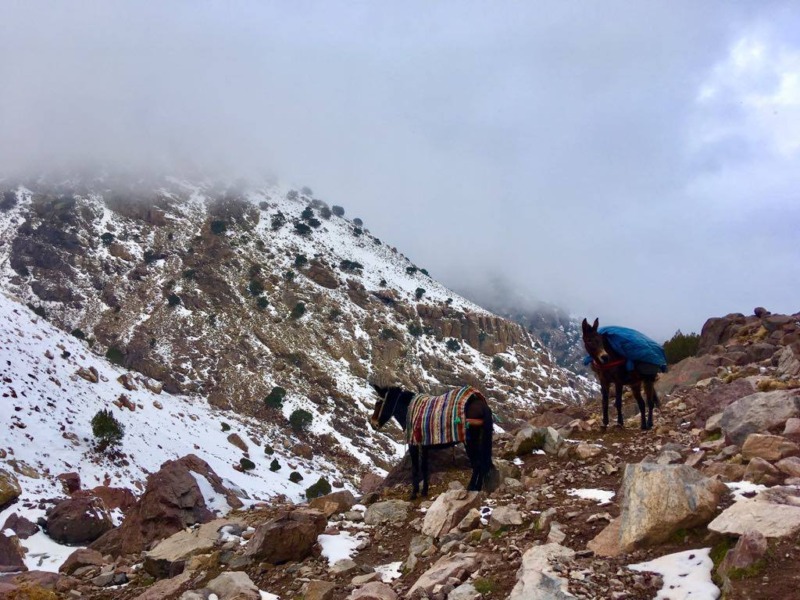
Wildlife and Scenery
Indigenous Fauna and Flora
As you ascend Mount Toubkal, the unique biodiversity is truly mesmerizing. The region is home to various wildlife and plants that thrive in its rugged environment. Keep your eyes peeled for:
- Barbary Macaque : These charming monkeys are often spotted, especially around Imlil.
- Atlas Mountain Goats : Agile and sure-footed, you might see them navigating steep cliffs.
- Flora : Look out for wild herbs like thyme and sage, which fill the air with delightful fragrances.
During my trek, I was lucky enough to see a troop of Barbary macaques playing near a stream, adding an unexpected joy to the journey!
Spectacular Views
The views throughout the trek are simply breathtaking. As you climb higher, the scenery shifts dramatically:
- Vast Valleys : The lush, green valleys sprinkled with quaint Berber villages provide a striking contrast to the rugged mountains.
- Dramatic Peaks : The surrounding mountain ranges, particularly at dawn, showcase hues of orange and pink that are simply surreal.
- Stargazing : If you camp overnight, the night sky becomes a canvas of stars, unlike anything I’d seen before.
Every twist and turn presents a new vista, making this trek visually unforgettable. Don’t forget your camera—you’ll want to capture these incredible moments!

Local Culture
Berber Traditions
As you trek through the foothills of Mount Toubkal, you’ll discover the rich tapestry of Berber culture that thrives in this region. The Berbers, known for their hospitality and vibrant heritage, offer a unique glimpse into their way of life:
- Traditional Music and Dance : Keep an ear out for the lively sounds of the guembri, a traditional Berber string instrument, often accompanied by rhythmic clapping and singing.
- Craftsmanship : Explore local markets where artisans showcase handmade rugs, pottery, and jewelry, each telling a story of their lineage.
During my stay in a local guesthouse, I was treated to an impromptu music session with some Berber villagers, creating unforgettable memories!
Culinary Experiences
No trip to this region would be complete without indulging in the delectable flavors of Berber cuisine. Prepare your taste buds for a treat:
- Tagine : A slow-cooked savory stew made with meat, vegetables, and aromatic spices, cooked in a traditional clay pot. I enjoyed a vegetable tagine that was utterly delightful!
- Mint Tea : Often referred to as “Moroccan whiskey,” this refreshing blend of green tea and mint is a staple, served as a gesture of hospitality.
- Couscous : Often served on Fridays, this fluffy dish is usually topped with hearty vegetables and meat.
Sharing meals with locals was a highlight of my trip; their warmth and generosity made every bite even more special. Don’t miss out on these culinary delights—your taste buds will thank you!
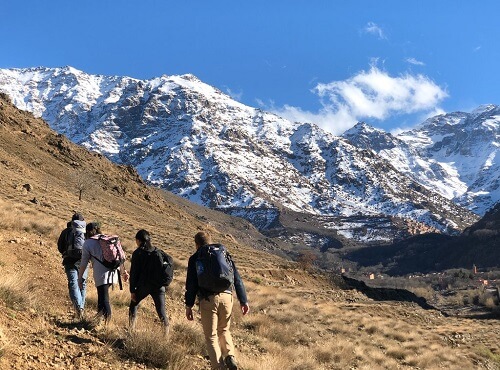
Popular Side Trips
Visit to Aroumd Village
Continuing your adventure, a short trek from Imlil leads you to the enchanting Aroumd Village, perched at an elevation of 1,800 meters. This picturesque village offers a glimpse into authentic Berber life. As you wander through its narrow alleys, you can:
- Interact with Locals : The villagers are friendly and often welcome visitors with open arms.
- Admire Traditional Architecture : The stone houses, adorned with vibrant vegetable gardens, reflect the local culture beautifully.
I remember sipping on mint tea with a local family, sharing stories and laughter that transcended language barriers—an experience I’ll cherish forever!
Exploring Imlil Valley
After Aroumd, take the time to explore Imlil Valley, an area overflowing with natural beauty. Here’s what you shouldn’t miss:
- Scenic Hikes : Numerous trails lead through lush pastures and terraced fields, showcasing stunning views of the surrounding mountains.
- Waterfalls : Stop by the enchanting waterfalls that cascade down rocky ledges, perfect for a refreshing break.
- Photography Opportunities : The vibrant colors and breathtaking landscapes provide ample opportunities for stunning photographs!
On my hike through Imlil Valley, I discovered countless hidden gems, from breathtaking views to charming spots for picnics. Be sure to take your time and soak it all in!
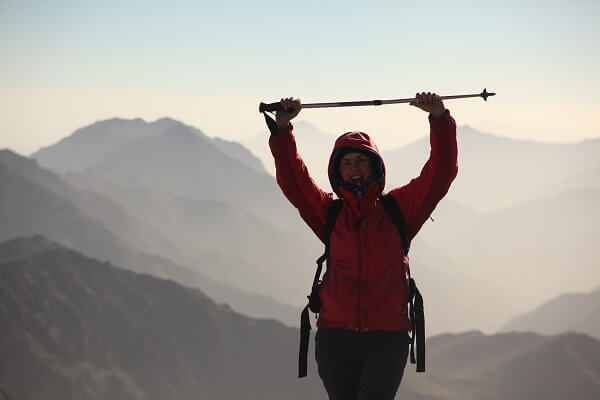
Recommended Tour Operators
Guided Tour Packages
For those who prefer a structured experience, several reputable tour operators offer guided tour packages that cater to different needs and preferences. These tours typically include:
- Experienced Guides : Local guides share their knowledge of the terrain, culture, and history.
- All-Inclusive : Meals, accommodations, and transport are usually covered, which simplifies planning.
- Customizable Itineraries : Choose from options for day hikes, multiple day treks, or cultural experiences.
During my trek with a guided tour, our guide’s stories brought the Moroccan culture to life, enriching my overall experience immensely.
Self-Guided Trekking Options
If you’re the adventurous type, self-guided trekking can be an exciting option! Here’s how to make it work:
- Maps and Apps : Utilize detailed maps and trekking apps to navigate the trails independently.
- Accommodation Bookings : Plan your overnight stays in advance at guesthouses or lodges in Imlil and beyond.
- Flexibility : You can set your pace and explore additional side trips or hidden gems along the way.
On my self-guided trek, I relished the freedom to stop wherever I liked, capturing photos and memories at my own pace. Just be sure to come prepared and aware of the trails!












